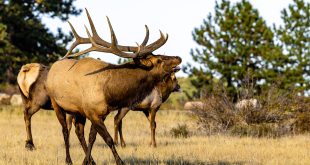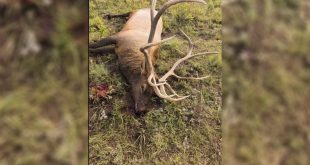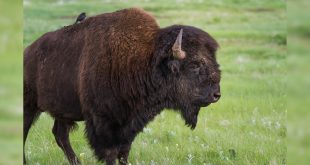Is Your Hunting Spot Burning?
By Jaden Bales
2023 was an unusually wet and delayed summer for many places across the West, leading to the lowest number of acres burned by wildfire in over 20 years. However, in the past week or more fire season has turned on across the West with blazes from Eastern Montana to Southern California and most places in between.
For Wyomingites and Montanans, the majority of fires have been in the eastern plains, in places most widely pictured as vast pronghorn country. This includes a group of six wildfires burning over 20,000 acres of mixed timber and sagebrush in southeast Montana along the Tongue River. These generally get put out soon compared to the big timber fires, like the Horse Gulch Fire near Helena, MT, or Falls Fire near Burns, OR. While these wildfires are nothing new for western hunters, they are important to consider when planning for your fall hunts.
For Wyoming alone, the return to drought after one of the state’s coldest and wettest years on record has fuel loads primed for wildfires. The state’s drought map has flipped from 92% of the state with zero drought on July 11, 2023, to a measly 8% with the same designation as of July 9, 2024. You can check out the national drought map here.
While the mild winter certainly was a reprieve in the south and west parts of the state following massive winterkill, big game in the north and east have re-entered their era of lower productivity with drought status returning to “severe” in large portions of Weston, Niobrara, and Laramie Counties. Plus, the entire Greater Yellowstone Area in the northwest has returned to moderate drought status, which, combined with higher fuel loads from last year’s moisture, may pose a risk of larger fires before the end of the summer.
Importantly, pay attention to fire restrictions and closures when you are making your hunting camp plans. Plus, make sure your fire is dead out and cool to the touch before heading out. Letting campfires get out of hand is an easy way for hunters to get the bullseye of critique when it comes to wildfire season.
Lastly, not only will the wildfire map impact where and how you hunt, but they are also an indicator of growing conditions on the ground. By mid-late July, the drought and fire maps overlap considerably. In mountainous parts of the world, like Western Montana, that may not have as pronounced impact on the antler growth of deer and elk. However, in places like the desert Southwest that rely heavily on monsoons to bring life this time of year, it can put a damper on the finishing touches of an antler growing season.
Luckily, the monsoonal moisture seems to be picking up across the West, and with a little rain the increase of wildfires may die down. However, if they turn up dry lightning, then we may be in for a doozy of a fire season the rest of the summer. The delicate tug of war between drought and precipitation continues in the arid West.
 Eastmans' Official Blog | Mule Deer, Antelope, Elk Hunting and Bowhunting Magazine | Eastmans' Hunting Journals
Eastmans' Official Blog | Mule Deer, Antelope, Elk Hunting and Bowhunting Magazine | Eastmans' Hunting Journals




